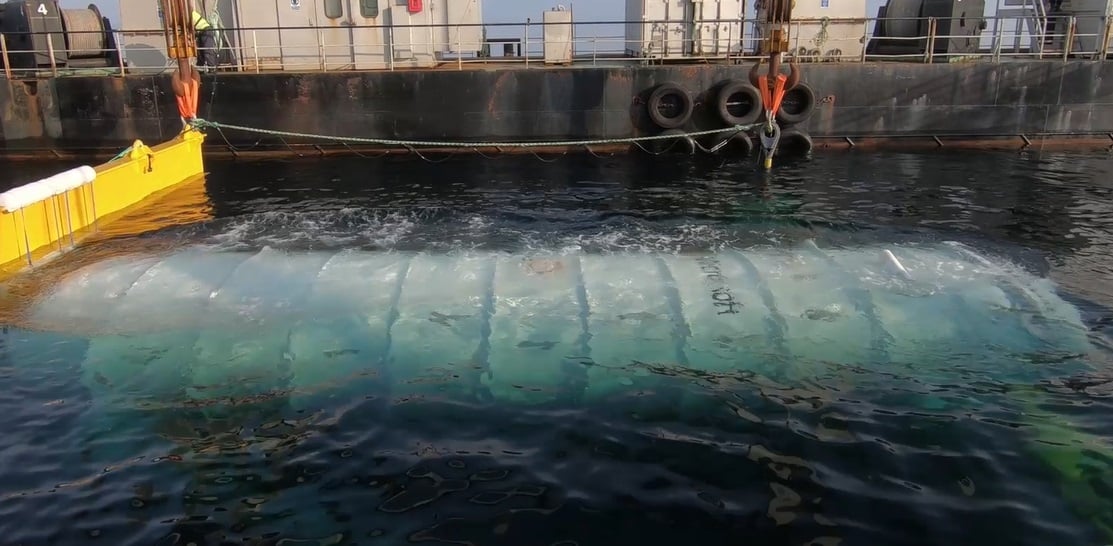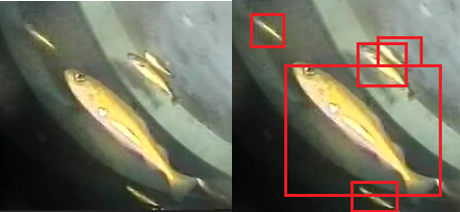Microsoft's underwater server swims with the fishes, counts them
2 min. read
Published on
Read our disclosure page to find out how can you help MSPoweruser sustain the editorial team Read more

A few months ago Microsoft installed their Project Natick underwater data centre in the Scottish seas and began using it as a live data centre, studying the feasibility of the project under real-life conditions for 12 months. Microsoft also activated two webcams on the outside of the data centres, to observe environmental conditions near the data centre.
Now in a detailed blog post, Microsoft explained how they used computing resources and AI to count and classify the wildlife showing up in the videos.
Microsoft notes that monitoring the environmental impact of their underwater server plans is an important topic, and that AI can help make this process more scalable, and automated.
Deploying datacenters along the coast has a significant advantage, data speeds. Since most of the world’s population lives within about 120 miles of the coast, data needs to travel less distance to reach coastal people. It also takes advantage of the free cooling and renewable energy provided by the underwater location.
If this research project becomes successful, it will enable companies to rapidly deploy datacenters along coastal regions with much less cost when compared to traditional data centres.
If you want to find out exactly which technology Microsoft used for their environmental monitoring read their detailed article here.
Via Winfuture.de











User forum
0 messages